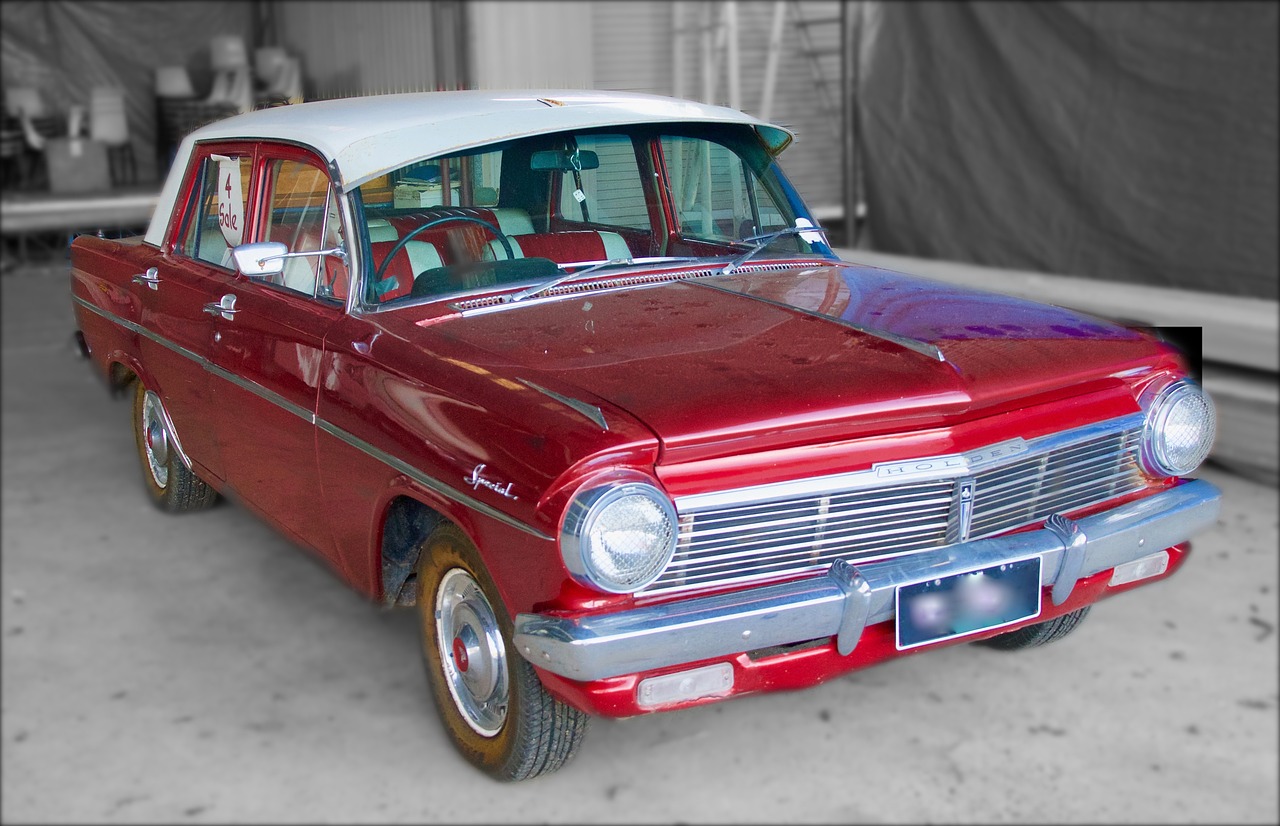Holden is a name that is synonymous with Australian automotive history. For over 160 years, the company has been at the forefront of Australian car manufacturing and has left an indelible mark on the country’s culture.
Holden was founded in 1856 as a saddlery business in Adelaide by James Alexander Holden. The business was successful and expanded to become a manufacturer of automobile body parts in the early 1900s. Holden’s partnership with General Motors in the late 1920s led to the company becoming the exclusive Australian distributor of GM vehicles.
The first Holden car, the 48-215, was released in 1948. It was designed specifically for the Australian market, with a spacious interior and sturdy suspension to cope with the country’s rough roads. The car was an instant success and became affectionately known as the “FX” or “FJ” Holden.
The 1950s and 60s were a golden age for Holden.
The company released a series of iconic models that became ingrained in the Australian psyche. The Holden FJ, FE, FC, FB, EK, EH, HD, HR and HK models were all popular with Australian drivers, and many of them are still on the road today.
In 1968, Holden released the iconic Monaro, which became a symbol of Australian muscle cars.
The Monaro was a two-door coupe with a powerful V8 engine and sleek, sporty design. It was an instant hit with Australian car enthusiasts, and the Monaro has become an enduring icon of Australian car culture.
The 1970s were a difficult period for Holden. The oil crisis and changing consumer preferences led to a decline in sales, and the company struggled to keep up with international competition. In 1978, Holden released the Commodore, which was designed to be a more fuel-efficient and practical alternative to the larger V8 models that had been so popular in the past.
The Commodore was a huge success and became the best-selling car in Australia for many years. The car’s popularity was helped by its use as a racing car in the Australian Touring Car Championship, where it became known as the “Win on Sunday, Sell on Monday” car.
Holden continued to innovate throughout the 1980s and 90s. The company introduced new models like the Barina, Calibra, and Vectra, which were aimed at younger, more style-conscious buyers. In 1994, Holden released the HSV GTS, which was a high-performance version of the Commodore and became an instant classic.
In 2005, Holden released the VE Commodore, which was a complete redesign of the popular model. The new car was praised for its sleek, modern design and advanced technology. However, sales began to decline in the 2010s, as Australian buyers started to turn away from large sedans in favour of smaller, more fuel-efficient cars.
In 2017, General Motors announced that it would be closing down Holden’s Australian manufacturing operations, marking the end of an era for Australian car manufacturing. The decision was a result of declining sales and the high cost of manufacturing in Australia.
Holden’s closure was a sad moment for many Australians, who had grown up with the company’s iconic cars. However, Holden’s legacy lives on, with many classic Holden models still on the road and a thriving community of Holden enthusiasts.
In conclusion, Holden has played a significant role in Australian automotive history. From its humble beginnings as a saddlery business, the company grew to become an iconic Australian brand, with a rich history of innovation and design. Although Holden’s manufacturing operations have ceased, its legacy lives on, and the company will always hold a special place in the hearts of Australian car enthusiasts.


Leave a comment
Your email address will not be published. Required fields are marked *